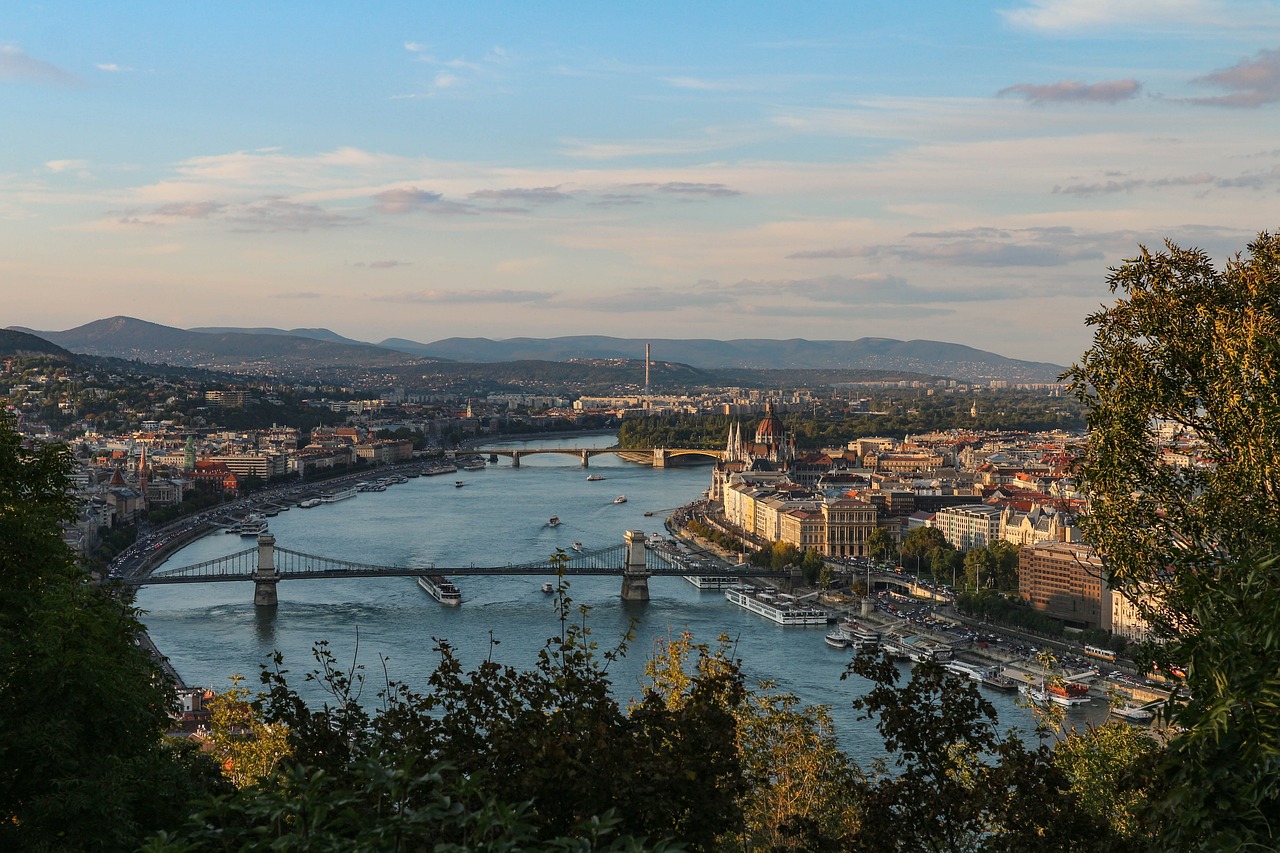
Inbound tourism from the United States, South Korea, and China has increased compared to last year.Continue reading

Hungary is the world’s fifth largest thermal water power after Japan, Iceland, Italy, and France, thanks to its favorable balneological and geothermal potential. Changing leisure habits call for the development of complex solutions: thermal waters are no longer enough, wellness services are also needed, writes Magyar Nemzet.
In winter, Hungarian spas are visited by tourists from home and abroad for healing, relaxation, and rejuvenation. Today there are 278 certified wells with proven therapeutic properties in Hungary. The spas offer treatments, and many people also use the facilities for recreational and preventive purposes, offering a range of services.
According to surveys, eight out of ten foreigners visit rural areas for the spas, mainly for spa treatments in winter and wellness in spring and autumn, especially near the border.
Hévíz, for instance, has a special microclimate and its proximity to Lake Balaton has made it a spa town for hundreds of years, and it is at this time of year that it really shows its special face: the mysterious mist covering the lake is at its most visible.
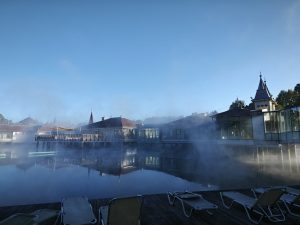
Photo via Facebook/Hévíz Az Élet Forrása
The average temperature is 33-35 degrees in summer and never drops below 20 degrees in winter, kept warm by the mist and surrounding forest.
There is no need to build new spas in Hungary, as the country is well covered. In the Great Plain you can find several spas within 10-15 kilometers. What is needed is more the development of complex services, as travel and leisure habits have changed recently. Families are less likely to go away for one or two weeks at a time, preferring long weekends and three to four days at spas and other active facilities. Adventure pools or water slides are particularly popular. “One such example is the Zsóry Spa in Mezőkövesd (northern Hungary), where the number of younger guests increased dramatically when the family adventure center was opened at the beginning of the 2018 season,” explained Zoltán Balogh, Secretary General of the Hungarian Bathing Association.
Not only the rural but also the Budapest venues have to adapt to the expectations of guests.
Thermal water is an inseparable part of the capital’s history, and Budapest is known worldwide as the capital of spas. Sixty percent of foreign visitors are sure to visit at least one of these facilities, as well as museums and historic buildings, with 13 spas and beaches in the capital, some open all year round.
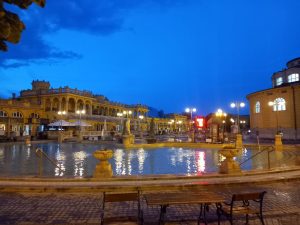
The Széchenyi Thermal Bath. Photo via Facebook/Ernő Papp
Historic sites such as the Széchenyi, also known as the Spa Palace, the art nouveau Gellért Spa on the Buda side, the medieval abbey of the Lukács and the Rudas Baths, with its original Turkish baths, offer a special atmosphere.
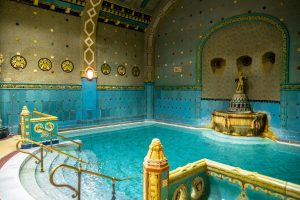
Photo: Gellért Spa. Via Facebook / Csodás Magyarország
There is no other capital city in the world with so many springs and so many historic baths,”
said Szilvia Czinege, Sales and Marketing Director of Budapest Spa and Thermal Baths Ltd.
“It is a curiosity in Europe that our monuments are actually used in their original function. Elsewhere, they are mostly used as museums, or a new, much more cost-effective facility is built next to them as a green investment. It is a much bigger task to use the original while preserving the values of the past,” she explained.
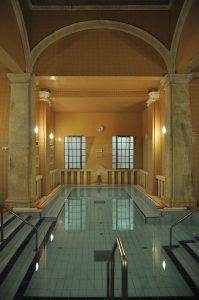
The Lukács Bath. Photo: Wikipedia
It is peculiar that today’s famous capital baths already had a unique clientele when they were built. The Széchenyi Bath was built for the public a hundred years ago, which, according to Szilvia Czinege, has surprised many foreign delegations and journalists, who regularly ask which king lived in the palace in City Park. The Gellért Bath was the meeting place of the upper classes, the Rudas was the haunt of sportspeople, and the Lukács Bath was the haunt of the art world, writers, actors, and musicians.

Panorama pool at the Rudas Bath. Photo via Facebook/Rudas Gyógyfürdő
Today, these social differences are less marked, especially as a significant proportion of the public are foreign tourists who do not come for balneotherapy. Up until the 1980s, spa treatments were the most popular choice, but nowadays eighty to ninety percent of visitors are looking for wellness services.
Via Magyar Nemzet, Featured image:Facebook/Rudas Gyógyfürdő